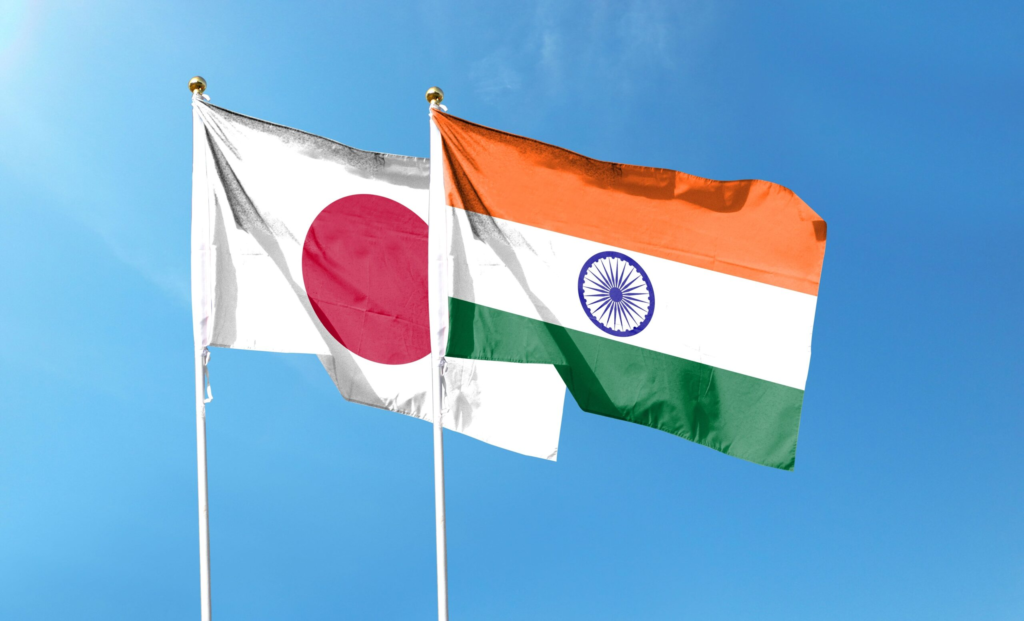India is on the verge of surpassing Japan to become the world’s fourth-largest economy, with its real GDP touching $4.3 trillion. However, this milestone isn’t purely a result of economic strength—it’s also due to Japan’s stagnation.
Growth or Luck? The Role of Japan’s Economic Slowdown
Japan’s economy has remained largely unchanged for a decade, stuck at $4.4 trillion since 2015. In contrast, India’s GDP has more than doubled from just over $2 trillion in 2014 to $4.3 trillion in 2025. Despite signs of slowing growth, India’s current trajectory of 6%-6.5% expansion makes surpassing Japan almost inevitable.
Japan’s economic stagnation isn’t new. Once an economic powerhouse, it suffered a prolonged slowdown following its 1990 financial bubble. Between 2000 and 2019, Japan added just $200 billion in output, averaging a meager 0.25% growth per year. According to the IMF’s 2024 World Economic Outlook, its economy has even contracted by 1.3% over the last decade.
Once the world’s second-largest economy, Japan slipped behind China in 2010 and was further overtaken by Germany in 2023. Meanwhile, India has gained ground at an unprecedented pace.

India’s Rapid Economic Rise
While India took nearly 60 years post-independence to reach its first $1 trillion in GDP (achieved in 2007), the pace has accelerated significantly since. The next trillion came in just seven years (2014), followed by another in 2021. The most recent jump to $4.3 trillion took only four years—despite global disruptions like the COVID-19 pandemic and the Russia-Ukraine war.
This rapid expansion has made India the fastest-growing large economy. According to the IMF, India’s GDP has grown by 105% over the past decade, outpacing major economies including the U.S. and China.
For perspective, in 2015, France ($2.4 trillion) and the UK ($2.9 trillion) were ahead of India’s $2.1 trillion GDP. By 2025, India is projected to lead at $4.3 trillion, with France and the UK trailing at $3.3 trillion and $3.7 trillion, respectively.
The Road to Becoming the World’s Third-Largest Economy
Looking ahead, India is expected to add $1 trillion in GDP every 1.5 years, potentially reaching $10 trillion by 2032. If current trends hold, India is likely to overtake Germany’s $4.9 trillion economy by 2027, securing its place as the world’s third-largest economy.
Caution Amidst Optimism
Despite these milestones, critics warn against premature celebration. Unlike Japan and Germany, whose economies were built on manufacturing and exports, India still lacks industrial strength. While Japan once dominated global markets with its automobiles and electronics, and Germany continues to lead in high-end manufacturing, India remains heavily reliant on services.
Moreover, India lags far behind China. In 2015, China’s economy stood at $11.1 trillion—five times India’s size—and although its growth has slowed, the gap remains substantial.
The IMF has highlighted key challenges India must address to sustain long-term growth. Structural reforms, fiscal consolidation, labor market improvements, and trade policy adjustments will be crucial. The IMF’s 2024 Article IV Consultation report also flagged risks such as geopolitical tensions, inflation volatility, and weak private consumption.
The Takeaway
While India is set to surpass Japan, the real challenge lies ahead. Achieving sustained, inclusive growth will require deep economic reforms and a stronger industrial base. For now, India remains the fastest-growing major economy—but turning that speed into lasting prosperity is the real test.
